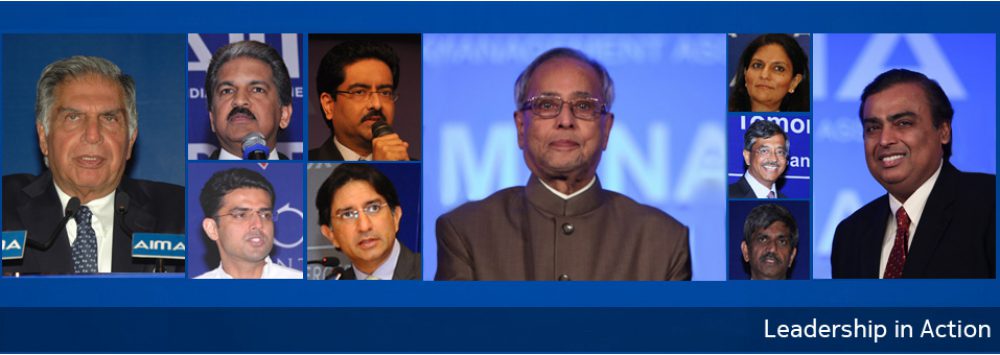Before I start talking about technology and intrusive growth, we need to understand that the challenge is very clear. We need to address the need for aspiration as we are a high aspiration society and we must address the challenge of migration for social welfare.
It’s critical to understand why technology is so strategic in solving the problem! I would like to cite five key trends in technology that will pave the path for improved public governance.
1. Ubiquitous spread of communication – millions of people with mobile phones
2. Communication revolution will get newer and faster technologies like broadband, 3G, national fiber network
3. Everybody in some sense will be connected
4. More apps on the cloud
If we look at the paradigm of social group applications or search applications on the cloud today,we have millions of users connected to the network. We have all those apps on the cloud, which can allow one to buy a book or talk to friends.
The evolution of the Internet in the last couple of years has now given us scalability to build huge e-government applications. We have seen a dramatic change in use of mobile devices and we have access to a wide variety of them, at much affordable cost with better battery life.
Let us think of governance application differently. It’s not about what technology, why technology but it is about what it can do.The project that I am leading, ‘Adhar’- our online identification program; is aimed at providing unique identification to individuals across the country. Our goal is to give 1.2 billion people unique identification numbers.Unique identification is about having an online identity. Some may question that why do we need an online identity, when we have driving licenses or passports?
We need to first analyze, that only a fraction of people have an identity in India, there are millions of those residents who don’t have any type of identification whatsoever and therefore are denied public services.It’s time to move from the world of no identity to online identity and that’s how we are leap frogging into the next level of electronic transformation and transparency.Let us first understand how an online identity will benefit an individual. It can be used to verify an identity of a person online anywhere in the country on the network.Using cloud, connectivity and devices, you can authenticate or verify the identity of the person. You can build applications on the cloud and leverage technology for multiple purposes, from withdrawing an amount from the system, to identifying the authenticity of a person.
One of the very big challenges that we have in India is that of extending financial inclusion and make sure that every resident of India has a bank account.Howdo we reach those people who are living in villages and in small towns? Traditional methods are no go; you can’t open up banks in every city.Only 6% of the bank branches of 80,000 bank branches are in rural India today.
To address this issue, RBI has launched the concept of banking correspondents. These are agents of banks who provide banking services anywhere in the country.We need to empower these banking correspondents with technology and provide them with mobile banking systems such as micro systems using which they can go across to individuals and help them make a transaction.
The finance ministry has notified that the Adhar number is sufficient to open up a bank account. Therefore people, who don’t have a bank account, can make use of Adhar to join the banking system in the country and get a no frills account.What’s more with micro ATMs and business correspondents, all a person needs to do is walk to the business correspondent with micro ATM, authenticate himself with the online id and withdraw an amount.Online transactions allow forwithdrawal, making a cash deposit, get a balance enquiry and increases overall accessibility to banking. Adhar can be used as an address to put money to an account. All one needs to do is give a list of numbers and the amount to be transferred to the bank. The details are automatically bridged into the Adhar system, therefore leading to automatic electronic transfers.We now have the capability to build national retail electronic payment infrastructure, where payments system to individuals can go directly and they can withdraw from any business correspondents in the country.
We are looking to redesign the way we deliver governance in public services. We can build huge apps on the cloud to transact electronically, leveraging ubiquitous connectivity of cell phones and tablets.Today the country’s annual expenditure is 300,000 crore. Half of that are payments to NREs, pension, scholarships and from Government to individuals.300,000 crore a year is the government’s expenditure or benefits that go to individuals. Currently the system is not the most modern. Building more capable electronicsystem is important. It reduces cost and gives scale.
The benefits of a system like Adhar can be leveraged to the grass root level. People who are supposed to get monthly quota of ration, visit individual shopkeepers. Today, the shopkeeper has an upper ground and can keep his shop shut or can say that he does not have adequate supplies.Using the online system, anyone can now authenticate his or her identity at every shop. This way, the shopkeeper is bound to give the person his supplies that he is entitled after online verification. This makes way to decouple the person from the shop and give consumers multiple choices. Technology can change the balance of negotiating power between the shopkeeper and the individual and empower the individual.
The advantage of a technology-based solution is that one can scale up and does not need to wait for years.
Good governance leveraging the power of technology is the future and it’s not that far away.
Nandan Nilekani is Chairman of the new Unique Identification Authority of India. This is an excerpt from his key note address at AIMA’s ‘Managing India Awards’ 2011.





A good corporate governance structure, like a balance sheet, is a stock concept that delineates the rights and responsibilities of each group of the stakeholders of the corporation.
Given the rapidly changing world, even the standards are constantly evolving, so that good corporate governance is itself a moving target. As this conference has amply confirmed, we can neither fully agree on a “one size fits all” what constitute best practice, nor how do we arrive at best practice.
In theory, making information open and available leads to more transparent decisions of governments, aid agencies, corporations and other such institutions because stakeholders at different levels push for accountability and better governance.
The common glue amongst all the above is information, the raw material of markets. Transparency requires timely and readily accessibility of relevant information.
Modern markets could not have achieved their present level of liquidity, depth and volatility without the rise of information technology. Hence we need to look at the role of transparency, information technology and governance.
Great site. Cheers for posting.
For developing countries, Technology is considered to be a lever for development.
Money is the medium of exchange in every business. In conventional settlement and subsequently in credit card payment system, money gets physically transferred from buyer to the seller. Internet has brought a new concept of payment known as E-Payment system.
The concept of virtual reality is widely used in entertainment. Movie on demand will change concept of current day television broadcasting. Toy robots are available in the net to replace the physical toys.
With the advancement in digital and information technology, life style of every individual has become different. Irrespective of rich and poor, every one in the globe is becoming closer to each other. The digital technology is still rapidly advancing and has a long way to go. The application of this latest technology to serve the common and distressed people is still a challenging task. It is expected that in near future, this technology will achieve this goal and mitigate the differences among people.
Application is digital technology is also quite useful in the field of agriculture. More work can be accomplished quickly, cheaply, and precisely. Onsite field measurements, data analysis, farm management and control are realizable.
The increase in food production is achieved through better and effective utilization of available resources. Microprocessor based systems help in better management of fertilizer performance measurement through soil electronics. IT based techniques are best suited for irrigation scheduling and scientific water management.
Great post.. I had to look it twice to comprehend it all though, haha!